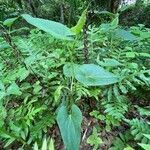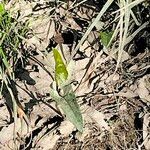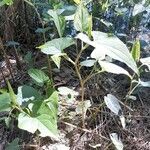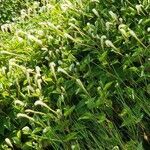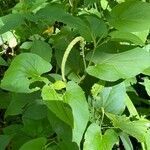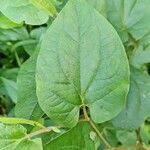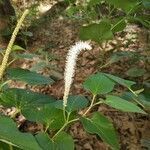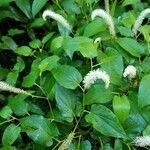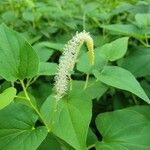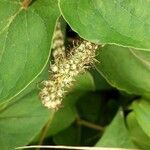Branched, 5–12 dm; lvs with long, basally sheathing petiole, the blade cordate-ovate, 6–15 cm; spikes 1 or 2, peduncled, terminal but often surpassed by axillary branches, 6–15 cm, nodding at the tip before anthesis; filaments white, 3–4 mm, much surpassing the pistils; fr 2–3 mm thick; 2n=22. Swamps and marshes; s. N. Engl. and s. Que. to Minn., s. to Fla. and Tex. June–Aug.
